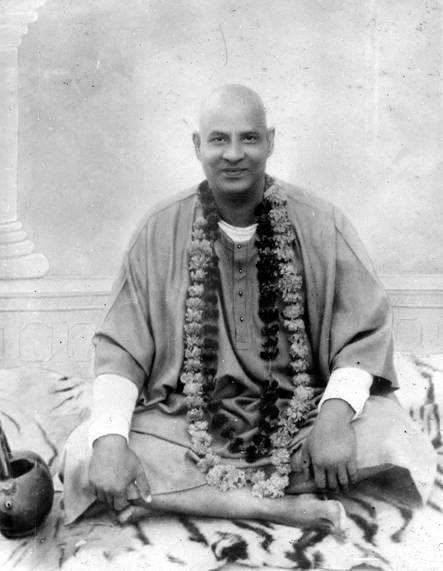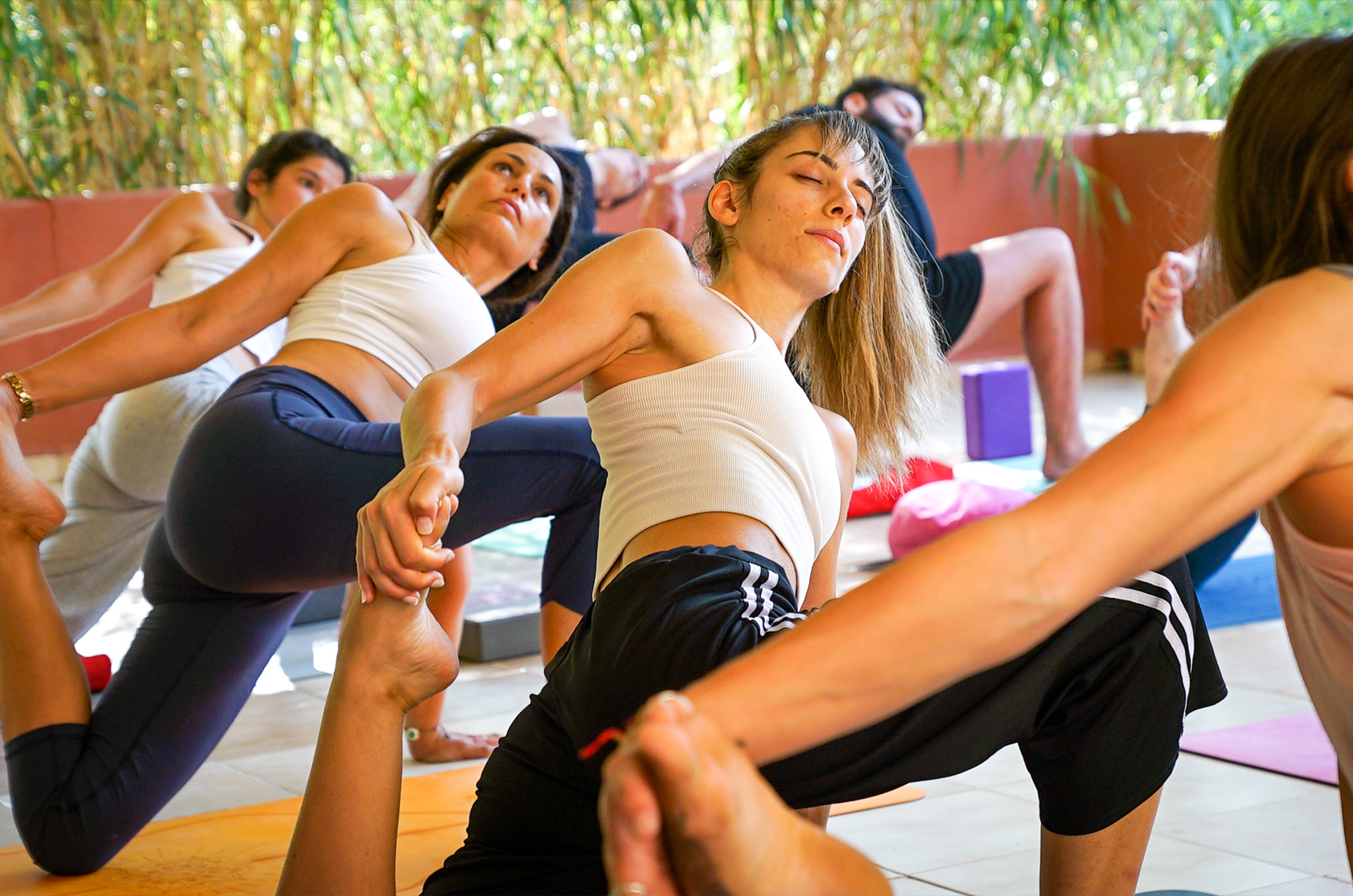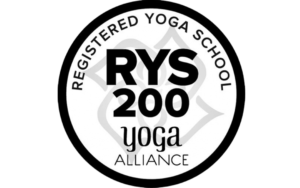“Yoga is not about touching your toes, it’s about what you learn on the way down.”
Judith Hanson Lasater
For many, yoga marks the beginning of a journey, a journey driven by physical strength yet destined for a deeper, more profound transformation. It’s true essence extends far beyond the boundaries of our practice space. It’s a journey of self-discovery, a quest for balance and harmony in a world filled with chaos and uncertainty. As yoga teachers, we are entrusted with the profound responsibility of guiding our students toward this deeper understanding of yoga’s transformative power.
In the ancient teachings of Swami Sivananda, we find a roadmap for this journey – a blueprint for holistic living rooted in simplicity and wisdom. His yoga system, passed down by ancient sages, outlines five fundamental points to counteract the body’s natural aging process and nurture holistic well-being.
Through the practice of yoga, particularly through its emphasis on breathwork, meditation, and mindful movement, we can effectively slow down aging , promoting vitality and longevity. As we age, our bodies naturally undergo a process of wear and tear, known as the catabolic process. Anabolic process of growth and repair exceeds the rate of catabolic process until approximately the age of 35.


Swami Sivananda
Thereafter, the catabolic rate exceeds the anabolic and as a result the body starts to age. Yoga, with its emphasis on mindful movement, breathwork, and meditation, has been shown to slow down the catabolic process , helping to preserve both physical and mental vitality as we age. Through regular practice, yogis often report feeling more flexible, stronger, and more balanced, both physically and mentally, as they age. This is not only due to the physical benefits of yoga but also to its profound effects on stress reduction, hormone regulation, and overall well-being. By incorporating yoga into our daily lives, we can cultivate resilience, vitality, and a sense of inner peace that carries us gracefully through our human life.
But how do we, following in the footsteps of Swami Sivananda, translate these foundational principles into everyday practices that resonate with the rhythms of modern life? Let’s delve deeper into each of the five points of Yoga and explore how to integrate them into our daily lives.

Swami Sivananda
Proper Exercise (Asana)
Asana are not just physical postures; they are gateways to deeper self-awareness and alignment. Beyond the physical benefits, asana help to harmonize the body and mind, creating a state of inner equilibrium. Incorporate a daily asana practice, even if it’s just a few minutes of gentle stretching. Focus on mindful movement, paying attention to the sensations in your body and the quality of your breath. Whether you’re flowing through a dynamic vinyasa sequence or finding stillness in a restorative pose, let each movement be a meditation in motion. Swami Sivananda emphasized that asanas should be performed with awareness, allowing the practitioner to transcend physical limitations and experience the unity of body, mind, and spirit. As teachers, encourage students to listen to their bodies and find joy in their practice, highlighting how each posture can be a tool for deeper self-discovery and alignment.
Proper Breathing (Pranayama)
Pranayama is the art of harnessing the breath to calm the mind and nourish the body. It is considered the bridge between the physical and the subtle body, essential for sustaining life and vitality. Start by cultivating awareness of your breath throughout the day, noticing its rhythm and quality. Incorporate simple pranayama techniques into your morning routine or before bedtime to center yourself and reduce stress. Techniques such as Nadi Shodhana (alternate nostril breathing) and Kapalabhati (skull-shining breath) can be particularly beneficial. Remember, the breath is a bridge between the body and mind – honor it as your most precious ally on the path to inner peace. Swami Sivananda taught that mastering pranayama can lead to a profound sense of inner stillness and clarity. In your classes, guide students through breathing exercises, explaining their benefits and encouraging them to practice pranayama daily to enhance their overall well-being.

Proper Relaxation (Savasana)
In our fast-paced world, relaxation is often seen as a luxury rather than a necessity. Yet, Savasana is where the magic happens – it’s a time to surrender, let go, and integrate the benefits of our practice. Relaxation techniques help to release physical tension and mental stress, promoting overall well-being. Create a sacred space for relaxation in your home, free from distractions and noise. Practice Savasana regularly, even if it’s just for a few minutes each day. Allow yourself to fully surrender, trusting in the healing power of deep rest. Swami Sivananda highlighted the importance of relaxation for rejuvenating the body and mind, enabling practitioners to return to their daily activities with renewed energy and focus. Teach the importance of Savasana and relaxation, making it a non-negotiable part of your classes, and help students understand that true rest is a vital component of their practice.
Proper Diet (Sattvic)
The food we consume has a profound impact on our physical, mental, and spiritual well-being. A sattvic diet, which is pure, simple, and balanced, supports both the body and mind in their quest for health and harmony. Embrace a simplediet of pure and natural food that nourishes your body and supports your yoga practice. Fill your plate with fresh fruit, vegetables, whole grains, nuts and legumes, savoring each bite mindfully. Overeating or undereating would not be considered sattvic, as well as eating in a rush or on the go. Occasional fasting would be considered sattvic if the body needs to get rid of toxins. Cultivate a sense of gratitude for the nourishment provided by the earth and the hands that tend to it. Yogis consume a sattvic and mostly vegetarian diet not only to enhance physical health but also to foster mental clarity and spiritual growth. Share insights about the benefits of a sattvic diet and encourage students to explore how dietary choices can support their yoga practice and overall health.

Positive Thinking and Meditation
(Vedanta and Dhyana)
Our thoughts shape our reality, influencing our perceptions, emotions, and actions. Positive thinking, rooted in the philosophical teachings of Vedanta, cultivates a mindset of abundance and joy. Meditation, or Dhyana, allows us to connect with our inner Self through focused, uninterrupted contemplation. Cultivate a daily meditation practice to quiet the mind and connect with your Self. Start with just a few minutes of seated meditation each day, gradually increasing the duration as you feel comfortable. Embrace “japa” – mantra repetition to focus the mind and embrace affirmations and gratitude practices to shift your mindset from fear and scarcity to love and abundance. Swami Sivananda taught that regular meditation and positive thinking can lead to a profound transformation, creating a deep sense of peace and contentment. This can improve the lives of your students immensely: Incorporate one-pointed meditation practice and positive affirmations into your classes, inspiring students to develop their own practice and embrace a more positive outlook on life.
Incorporating these five principles into your daily life is not about perfection but intention – it’s about showing up for yourself with compassion and commitment, honoring the sacred journey of self-discovery and growth. As you embark on this path of holistic living, may you find solace in the simplicity of Swami Sivananda’s teachings and the profound wisdom of yoga.
Kimi Muench
Sources
- “The Complete Illustrated Book of Yoga” by Swami Vishnudevananda: Vishnudevananda, S. (1988). The Complete Illustrated Book of Yoga. Harmony Books.
- “Sivananda Yoga Vedanta Centres: Yoga Mind & Body”: Sivananda Yoga Vedanta Centres. (2008). Yoga Mind & Body. Dorling Kindersley.
- “The Sivananda Companion to Yoga” by Swami Vishnudevananda: Vishnudevananda, S. (2000). The Sivananda Companion to Yoga. Simon & Schuster.
- “Meditation and Its Methods” by Swami Sivananda: Sivananda, S. (1996). Meditation and Its Methods. Divine Life Society.
- Research Article: “The Benefits of Yoga for Mental and Physical Health”: Ross, A., & Thomas, S. (2010). The health benefits of yoga and exercise: a review of comparison studies. Journal of Alternative and Complementary Medicine, 16(1), 3-12.
- “The Yoga of Nutrition” by Omraam Mikhaël Aïvanhov: Aïvanhov, O. M. (1982). The Yoga of Nutrition. Prosveta Publishing.
Don’t miss our upcoming trainings
Yin Resonance® Yoga Teacher Training
Dates: June 25 – July 6, 2024
Location: Crete, Greece
Dates: Aug 30 – Sep 8, 2024
Location: Larnaca, Cyprus
200hr Hatha Vinyasa Yoga Teacher Training
Dates:
- July 20 – Aug 4, 2024
(& 5 days online) - Aug 4 – 24, 2024
- Sep 29 – Oct 19, 2024
Location: Crete, Greece


